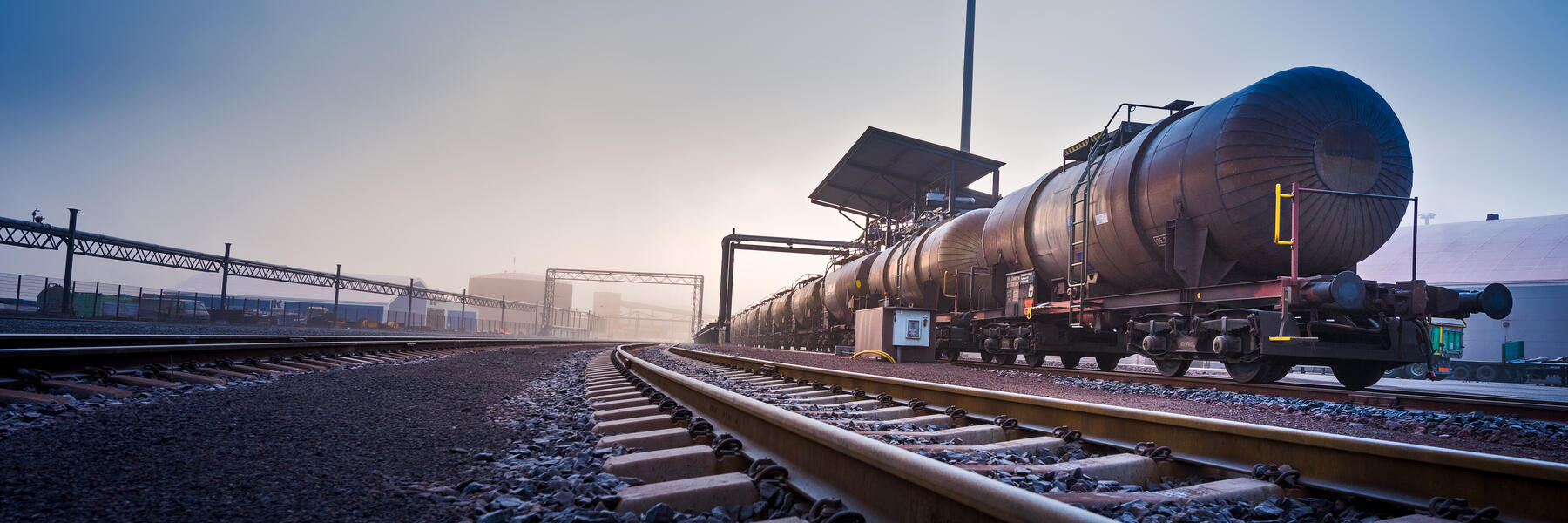

Kokkola has always been a trade, port, and seafaring town. Shipbuilding and tar export were the city’s most important sources of livelihood from 16th to 19th century. Since the beginning of the 1940s, the Kokkola Industrial Park has developed from an industrial area formed by two Finnish state-owned companies into a strong chemical industry cluster, where currently about 70 companies operate and a total of 2 400 people are employed.
Kokkola owes the establishment of the Industrial Park to its location on the west coast of Finland. Government’s main industrial policy during the Second World War was to invest important industrial facilities on the west coast, as far away as possible from the Soviet border. Among other things, for this reason, the state-owned company Rikkihappo Oy established in 1945 a sulfuric acid plant and a superphosphate plant near the Port of Kokkola. Rikkihappo changed its name to Kemira in 1971 and until the 1990s the company built several new factories in the area, most recently a feed phosphate factory in 1994.
South part of the Industrial Park is still called by people “Kemira’s area” (now KIP South), even though Kemira no longer operates in Kokkola. Similarly, the northern part (now KIP North) is called “Outokumpu’s area” because of another state-owned company, which set up a sulfur factory in Kokkola in 1962. The sulfur factory is strongly linked to the Pyhäsalmi mine, which was established 170 km from Kokkola in 1962. When choosing the location of the factory, the decisive factors were good networks with the mine, the proximity of the harbor and the location of the sulfuric acid plant in connection with the new metallurgical plant, because a large amount of pyrite concentrates obtained in the excavation process had to find a further processing place. And such was already in Kokkola, the plants of Rikkihappo Oy.
Outokumpu was a mining company during the post-war period, but Finish industrial policy of that time was a part of the strategy that the metals excavated from Finnish mines were to be processed domestically. Because of that, Outokumpu established metallurgical factories in several coastal cities. In Kokkola, the cobalt factory was founded in 1967 and the zinc factory in 1969. In the 1990s, the Finnish state decided to reduce its industrial ownership, which afterward had consequences for Kemira, Outokumpu, and the Kokkola Industrial Park. Over the years, Kemira and Outokumpu developed to genuinely global and market-based export companies.
Kemira has sold its synthetic fertilizer production completely: in 2004 its Europe’s biggest calcium chloride plant to Tetra Chemicals Europe, in 2007 its fertilizer manufacturer Kemira Growhow to Norwegian Yara and in 2010 Kemira closed its entire industrial production in Kokkola when the sulfuric acid plant was sold to Boliden. Today, Outokumpu manufactures stainless steel only and has no production in Kokkola anymore. Boliden Kokkola continues Outokumpu’s zinc production and Freeport Cobalt cobalt production.
Although almost all production activities in the Park are now held by multinational companies, no factories are closed - on the contrary, new owners have made large investments in the Industrial Park.
(Source: Vienti-Suomea rakentamassa, Ostrobothnia’s Chamber of Commerce)